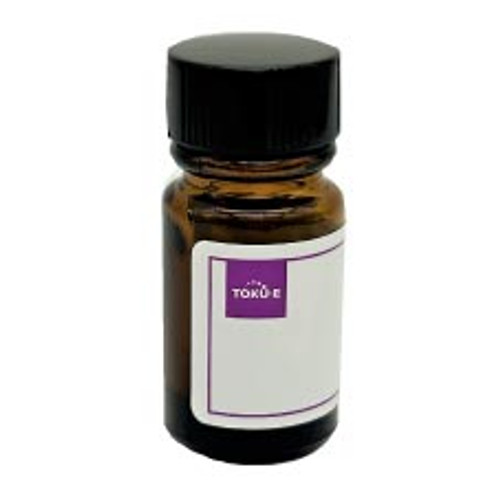Cefcapene Sodium is a semisynthetic third-generation cephalosporin with antibacterial properties. It binds to and inactivates penicillin-binding proteins (PBPs) in the bacterial cell wall, causing the cell wall to weaken and lyse. It can be used in antimicrobial susceptibility testing applications. Cefcapene Sodium is soluble in water.
We also offer:
- Cefcapene Pivoxil Hydrochloride (C068)
| Mechanism of Action | Cefcapene binds to and inactivates penicillin-binding proteins (PBPs) in the bacterial cell wall, which weakens the cell wall and causes lysis. |
| Molecular Formula | C17H18N5O6S2 · Na |
| Spectrum |
Cefcapene is broad-spectrum and has activity against Gram-positive and Gram-negative bacteria.. |
| Microbiology Applications |
Cefcapene is commonly used in in vitro microbiological antimicrobial susceptibility tests against Gram-positive and Gram-negative microbial isolates. Medical microbiologists use AST results to recommend antibiotic treatment options. Representative MIC values include:
Some bacteria have developed resistance mechanisms, such as producing beta-lactamase enzymes that can degrade beta-lactam antibiotics. A study looking at the stability of Cefcapene and cefpodoxime towards different beta-lactamases was conducted. Cefcapene acted as an inactivator for class C B-lactamases (Alba et al, 2002). Periapical periodontitis usually results from microbial infection. The susceptibility of 27 bacterial strains to various antimicrobial agents was evaluated. The effect of Cefcapene on 5 strains was evaluated after biofilm formation to investigate the relationship between biofilm formation and susceptibility. All strains showed a decrease in susceptibility after biofilm formation (Narita et al, 2016). |
| References |
Alba J et al (2002) Cefcapene inactivates chromosome-encoded class C β-lactamases. J. Infect. Chemother. 8:207-210 Hamamoto H et al (2005) Effects of molecular mass and hydrophobicity on transport rates through non-specific pathways of the silkworm larva midgut. Int. J. Antimicrobl Agents 26(1):38-42 He X, Sugawara M, Takekuma Y, Miyazaki K (2004) Absorption of ester prodrugs in Caco-2 and rat intestine models. Antimicrob. Agents Chemother. 48(7):2604-2609 PMID 15215116 Murakami M et al (2015) Cefcapene Pivoxil Hydrochloride is a potentially new treatment for palmoplantar pustulosis with pustulotic arthro-osteitis. Dermatology. 231(4):304-311 PMID 26440444 Narita M et al (2016) Antimicrobial susceptibility of microorganisms isolated from periapical periodontitis lesions 57(3):133-142 Zalewski P, Cielecka-Piontek J, Garbacki P, Jelińska A, Karaźniewicz-Łada M (2013) Stability-indicating HPLC method for the determination of Cefcapene Pivoxil. Chromatographia. 76(7-8):387-391 PMID 23555152 |







